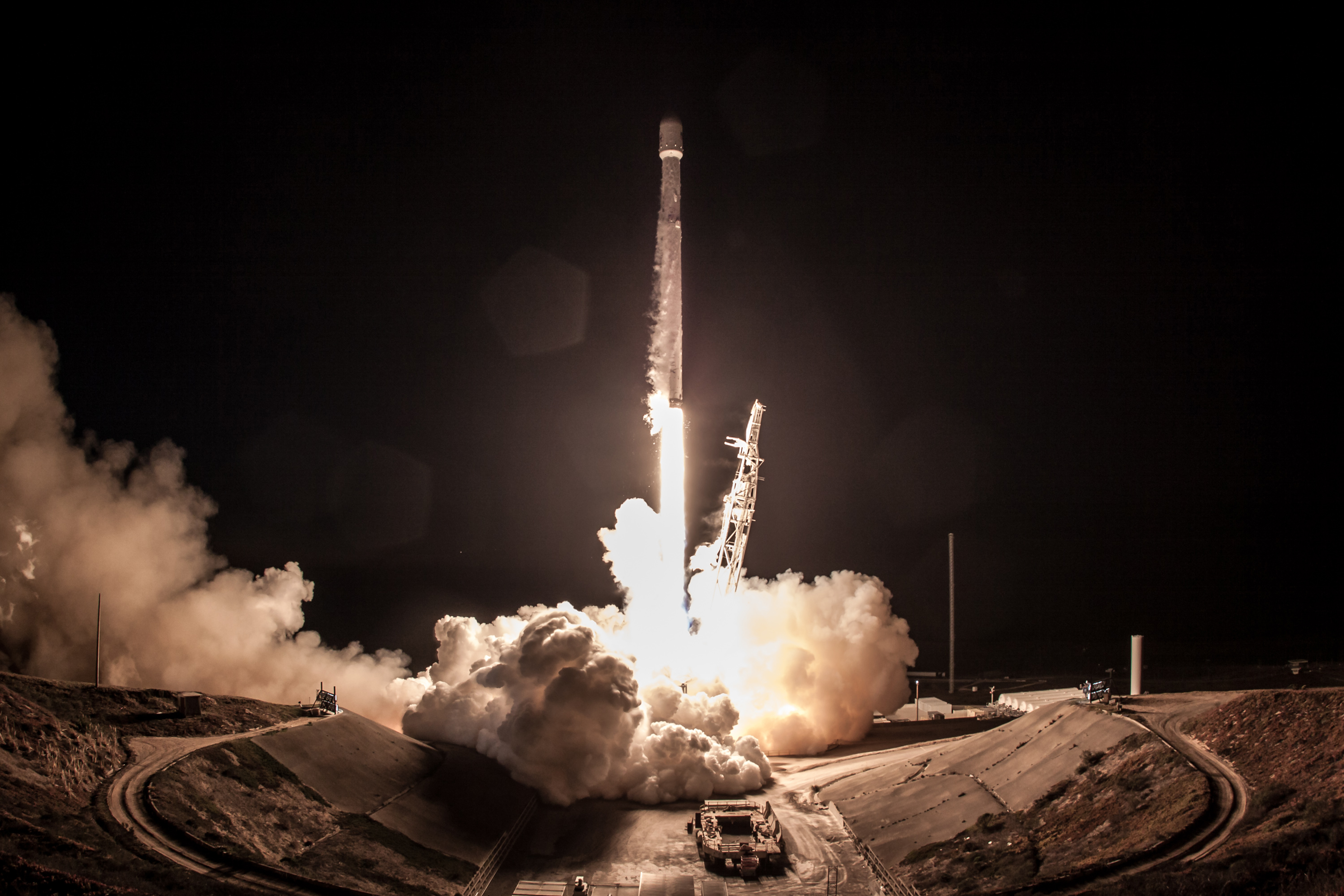
Steven’s fifth attempt at a catch is successful, SpaceX will have made another leap forward in its quest to achieve total reusability. NASA and German Research Centre for Geosciences (GFZ) launched from Vandenberg Air Force Base on May 22, 2018. EST 0402 GMT) to kick off SpaceX’s first. EST/0738 GMT), with the Falcon 9's first stage returning to land at a nearby SpaceX pad about 8 minutes into the flight. Steven received (if any) during the downtime, but if Mr. The 229-foot-tall (70-meter) Falcon 9 rocket is scheduled to fire off its launching pad at Vandenberg Space Force Base at 8:02 p.m. This week, SpaceX engineers were busy reattaching Mr. SpaceX launched a Falcon 9 rocket from the Vandenberg Space Force Base in Southern California on July 19, 2023. The would-be fairing catcher has spent the last 45 days sitting armless in the Port of Los Angeles. The Starlink Group 3-4 mission launched 46 Starlink satellites atop a Falcon 9 rocket from Space Launch Complex 4 East (SLC-4E) at the Vandenberg Space Force Base in central California.

Steven will be waiting with an outstretched net. But in an effort to reduce launch costs and reuse more of the rocket, SpaceX has outfitted each of the fairing halves with its own parachute and programmed them to navigate themselves back to Earth, where Mr.

Once that task is complete, the pieces separate from the rocket and fall back to Earth, where they sink in the ocean. The fairing’s job is simple: protect the payload as it travels through the atmosphere. In 2007, the US Air Force leased Cape Canaveral Space Launch Complex 40 to SpaceX to launch the Falcon 9 rocket. According to SpaceX CEO Elon Musk, each fairing-typically a one-time use component-carries a $6 million price tag, accounting for one tenth of the Falcon 9’s overall price. Cape Canaveral Space Force Station Falcon 9, Flight 3, above SpaceX Cape Canaveral launch complex, May 2012. Steven with the tools it would need catch payload fairings (the two halves of the rocket’s nose cone).


 0 kommentar(er)
0 kommentar(er)
